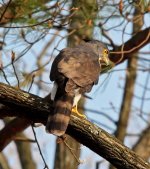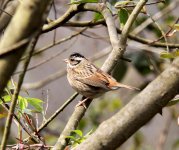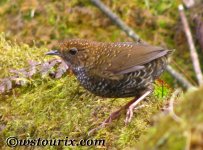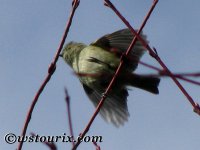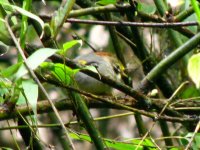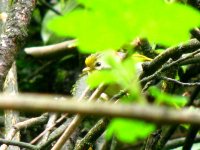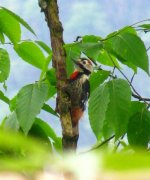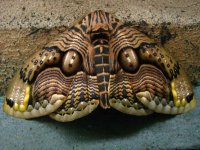sichuan jiujiu
A Birder for Sichuan
Dogs
Hi Ed,
Dogs immediately react on stones or simply the gesture of throwing stones. It might sound a bit bizarre to us western animal lovers to throw stones at dogs, but this is the language they speak here; they grew up with this kind of 'education' after all.
Sometimes it may be enough to bend down and pretend to pick up a stone, this way you don't have to feel too bad about it
The only dogs I'd really advice to avoid always and ever are the Tibetan Mastiffs. These dogs usually are chained and watch nomad's tents on the Tibetan High Plateau; but sometimes they roam around in the tent's vicinity. Worst situation is to approach a sleeping dog without knowing; when he get up it might be too late already. A stone, best you always keep a big one in the pocket, might be a temporary solution, it at least gives you the chance to draw back; but it's always better to retreat as soon as you spot such a beast. Here some pictures of this dog:
http://www.thedogsbreeds.com/tibetan-mastiff/
I'll write something about your intrusion question tomorrow
roland
Hi Ed,
Dogs immediately react on stones or simply the gesture of throwing stones. It might sound a bit bizarre to us western animal lovers to throw stones at dogs, but this is the language they speak here; they grew up with this kind of 'education' after all.
Sometimes it may be enough to bend down and pretend to pick up a stone, this way you don't have to feel too bad about it
The only dogs I'd really advice to avoid always and ever are the Tibetan Mastiffs. These dogs usually are chained and watch nomad's tents on the Tibetan High Plateau; but sometimes they roam around in the tent's vicinity. Worst situation is to approach a sleeping dog without knowing; when he get up it might be too late already. A stone, best you always keep a big one in the pocket, might be a temporary solution, it at least gives you the chance to draw back; but it's always better to retreat as soon as you spot such a beast. Here some pictures of this dog:
http://www.thedogsbreeds.com/tibetan-mastiff/
I'll write something about your intrusion question tomorrow
roland





